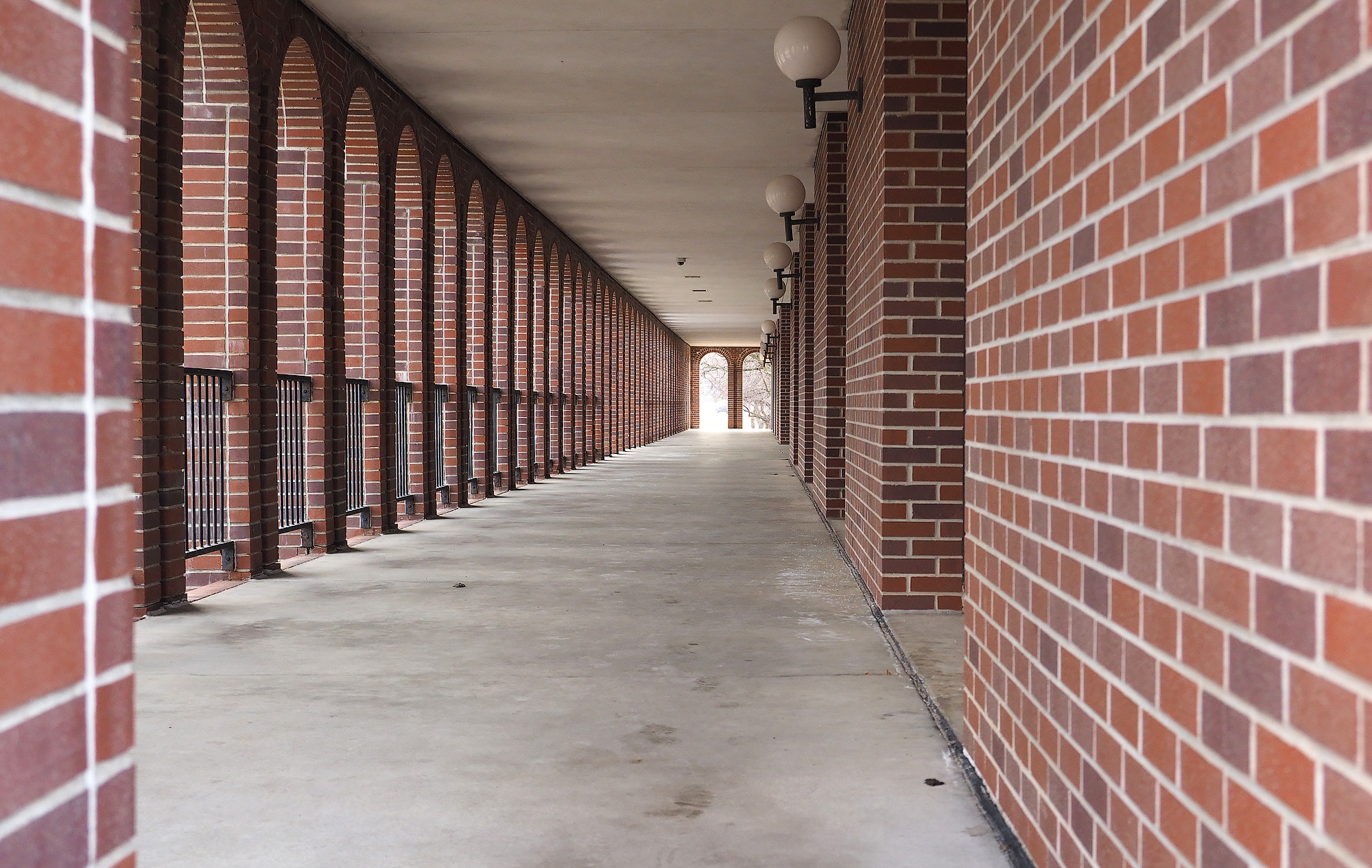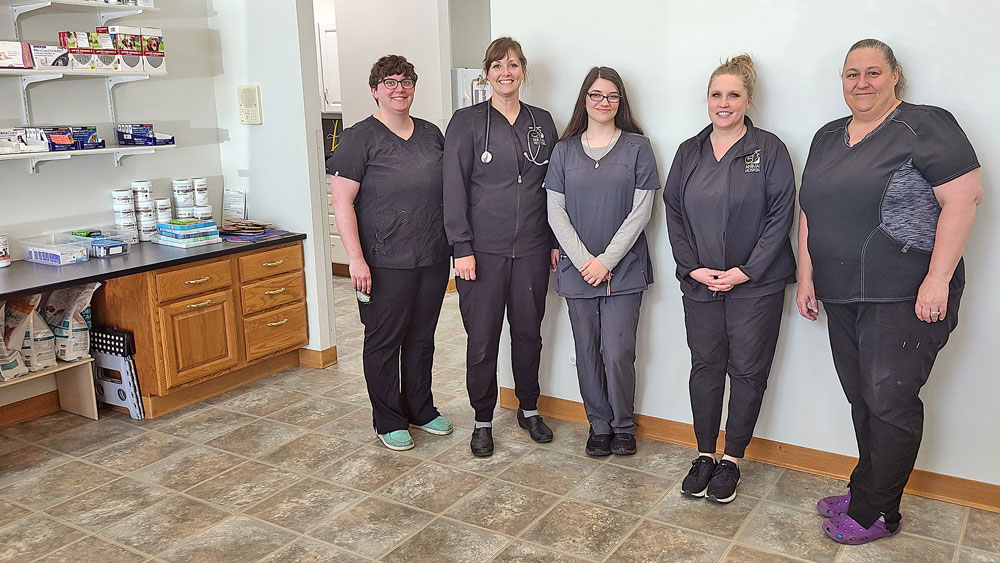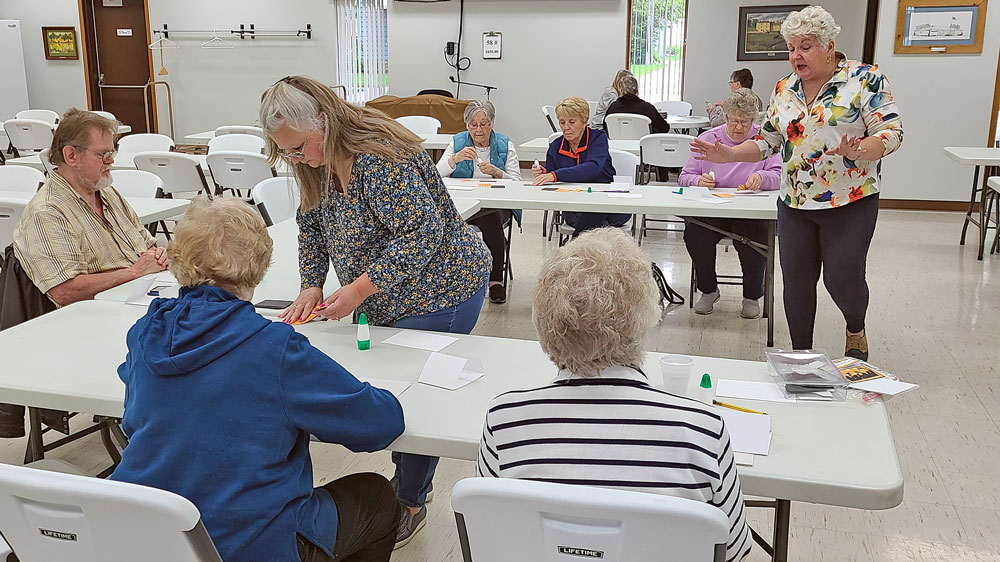Charles City School Board examines solar power proposal
By Travis Fischer, tkfischer@charlescitypress.com
The Charles City School Board discussed a solar energy proposal during its regular meeting on Monday, Nov. 13.
The meeting started with two matters of public comment, beginning with Linda Brant, a former speech and drama teacher and member of the Friends of the Performing Arts (FOPA) who spoke about the recent failure of a bond referendum that would have facilitated the construction of a new school auditorium.
“I was understandably disappointed about the referendum, but I want to share my appreciation for the board for bringing it up,” said Brant.
Noting that Charles City has not built an auditorium since 1930, Brant encouraged the board, including the two incoming members who were recently elected, to continue to work toward finding a way to facilitate the district’s speech, drama, and music programs and that FOPA would continue to support that effort.
“We look forward to working with you as we move forward,” said Brant.
Second in public comments was Jesusita Smith, the district’s native language interpreter. Employed as an administrative support, Smith’s responsibilities include helping non-English speaking students both in the classroom and out, often requiring after-hours work which is reimbursed as overtime pay when it is reported.
As a non-union administrative support staff, Smith has presented a proposal to the school about her compensation, using the public comment time to explain her specialized role in the district and bring her proposal to the board’s attention.
Moving into regular business, the board met with John Nielsen of Perry Novak Electric to review a preliminary proposal about adding solar panels to the district’s buildings.
Investment in solar energy has become a lucrative endeavor due to an increase in USDA grants encouraging new developments.
“They’re giving out money like candy right now,” said Nielsen.
In this case, Nielsen says he is in contact with an investor, who is unnamed but has ties to Charles City, who is interested in fronting the cost of the solar installation through a Solar Power Purchase Agreement (PPA).
Under this kind of agreement, the investor is responsible for the financing, installation and upkeep of a solar panel system with the intent of profiting from the excess power generated by selling it into the power grid.
Sharing revenue with the district at an 80/20 split, the school would receive the benefit of lower power costs without having to deal with the upfront expense of instillation, Nielsen said.
Nielsen said that these agreements are generally set for 25-years, but after six years the district would have the opportunity to buy out the solar power system at a reduced cost and continue to utilize it through the rest of its estimated 30-40-year lifespan. Nielsen recommended, if going forward with this proposal, that the district set aside some PPEL funding every year to have ready when the option to buy the system is available.
The board asked Nielsen a range of questions about the project, such as the lifespan of the solar panels and their rate of degradation, which would gradually become less efficient over several years. Student representatives questioned if the solar panel system, which would use the school’s internet for monitoring, would impact the building’s wi-fi bandwidth, which Nielsen responded by saying they would ideally use a wired connection, but even on wi-fi the data use would be minimal.
Most importantly, Nielsen emphasized that the buildings would never be entirely reliant on the solar panels.
“You’ll always pull your power from the grid if the solar isn’t enough,” said Nielsen.
On the subject of school buildings, Director of Operations Jerry Mitchell presented the board with an overview of the capital projects that have been done at the high school over the last several years, specifically responding to public criticisms surrounding the failed bond referendum that the district hasn’t been maintaining the building.
Among other things, Mitchell noted 10 roofing projects; the addition of four science rooms; new security features like door locks, badge readers and cameras; a new walk-in cooler, a remodeled weight room, and a wide range of technology updates. Overall, Mitchell counted 637 work orders in the high school over the last 10 years.
“We are working on the building,” said Mitchell. “We’re trying to get as much done as we can.”
Mitchell also updated the board on the district’s sharing agreement with Rudd-Rockford-Marble Rock, which has either Mitchell or one of his staff going over about once a week to work on that district’s facility needs. This helps RRMR avoid using costly contractors to perform regular maintenance work while bringing in roughly $60,000 to the Charles City district for the services.
“Financially, it’s a good fit for us,” said Mitchell.
Finally, it was noted that, due to remaining Charles City School District votes from outside Floyd County needing to be counted and certified in a second tier of canvassing before being made official, newly elected board members Dara Jaeger and Bruce Koebrick will be sworn in at the next meeting on Monday, Nov. 27.








Social Share